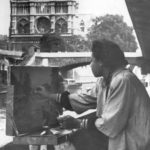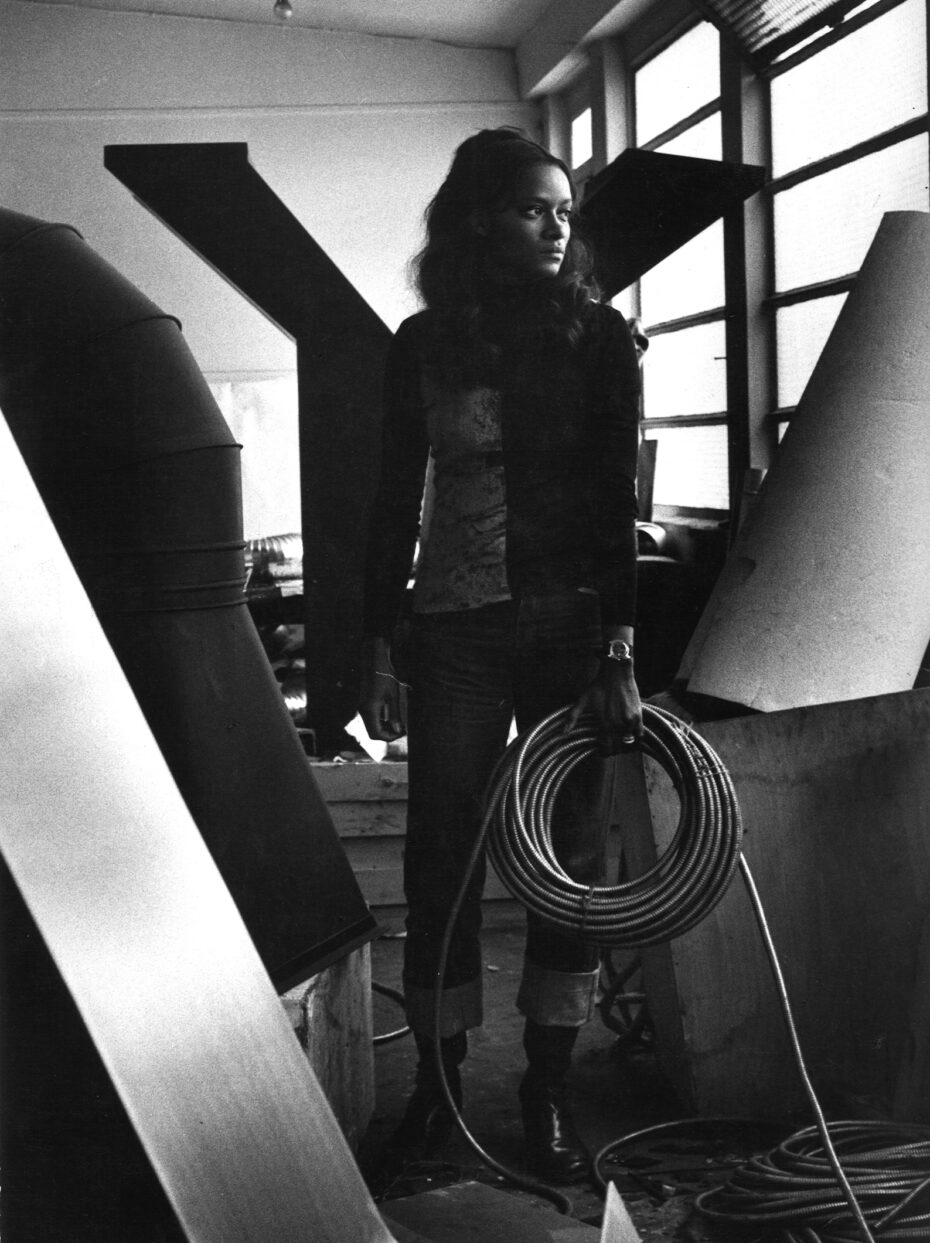
In the 1960s, Barbara Chase-Riboud chose Paris as her home and sanctuary away from her upbringing Jim Crow America, and yet frustratingly, for too long, her genius remained quietly overshadowed by the tumultuous tides of history. The Philadelphia-born artist and writer may not be a household name, but her artistic and literary contributions are as monumental as the towering bronze sculptures she creates. Today, Barbara is finally getting the appropriate spotlight. Currently, one can find her work exhibited at the Louvre, the Musée d’Orsay, the Pompidou, Palais de Tokyo, Palais de la Porte Dorée, the Philharmonie de Paris, the Musée du Quai Branly and the Musée Guimet, in the first multi-museum exhibition ever to be staged by a single artist in Paris during their lifetime. And it’s about damn time.
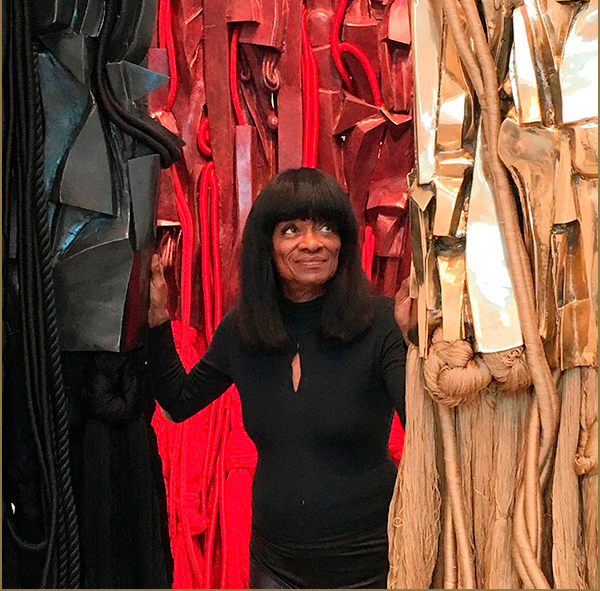
Chase-Riboud’s relationship with Paris began when she arrived on a scholarship to study at the École des Beaux-Arts. Paris was a revelation, where she found not only a refuge from segregation and racism but also a community of avant-garde artists, writers, and intellectuals who embraced her, both as a sculptor and as a woman of ideas.
At a time when African American artists in the U.S. struggled to be seen outside the narrow framework of “Black art,” Paris did offer Chase-Riboud the creative freedom she craved, but she was operating in a context that wasn’t ready—or willing—to recognize her full worth. The art world was fixated on white male minimalists and abstract expressionists. Chase-Riboud’s deeply textured, layered work didn’t fit neatly into the formalist narratives dominating art at the time, particularly American art. In Europe, she found a more open reception, but even there, the tendency to marginalize artists of color persisted. It wasn’t just her art that complicated her public reception. Chase-Riboud has always been a political artist, unafraid to confront history’s darkest corners.
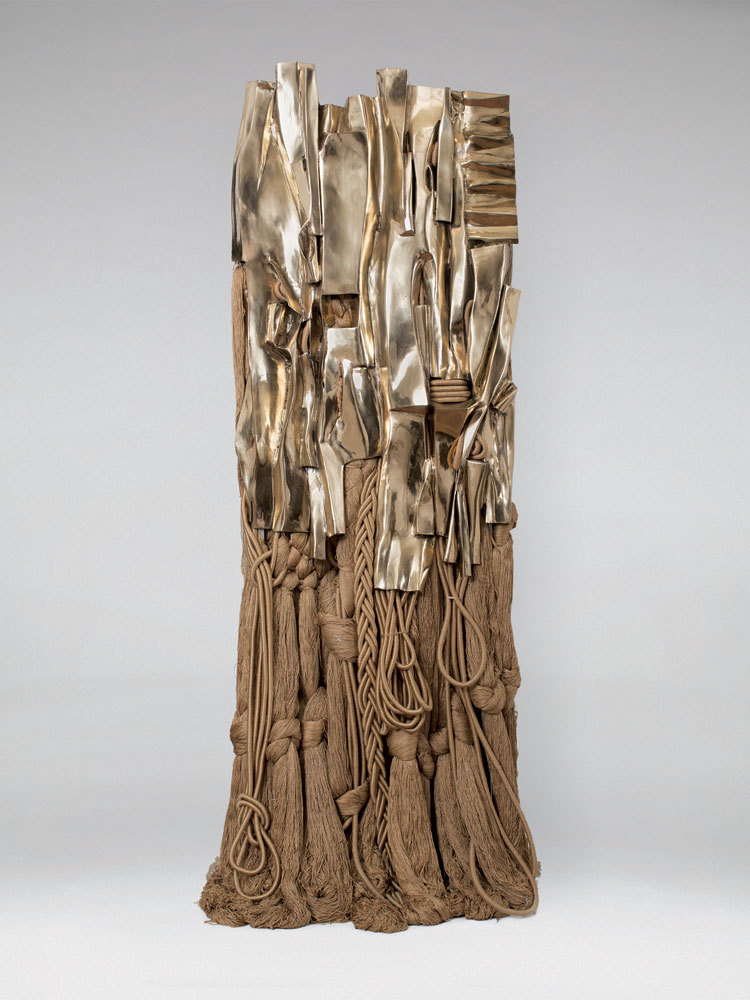
Her bronze series dedicated to Malcolm X, begun in the late 1960s, is a powerful meditation on the complexities of African American identity and history. Her work forced viewers to engage with difficult, unresolved questions—questions about race, memory, and trauma—that many in the art world preferred to avoid. And yet, for so many years, her work wasn’t “Black enough” to fit into the limited frameworks of what African American art was “supposed” to look like.
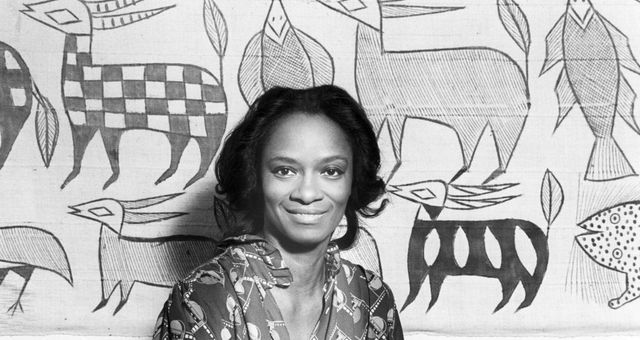
Nevertheless, it was in Paris that she developed her now-famous sculptural technique, fusing the solidity of bronze with the softness of textile, creating works that defied categorization. Her sculptures, with their sinuous folds and monumental presence, seem to pulse with life, a collision of texture and form that speaks to the intersections of identity and history she continually explores in her work.
Chase-Riboud’s career is marked by an astonishing versatility. Not content to work solely in sculpture, she turned to writing, publishing her first novel, Sally Hemings, in 1979. The book, which explores the life of Thomas Jefferson’s enslaved mistress, brought her critical acclaim and drew attention to the complex intersections of race and power in American history. Though celebrated for her literary contributions, Chase-Riboud has always described herself as an artist first, an identity she forged and maintained largely in Paris.
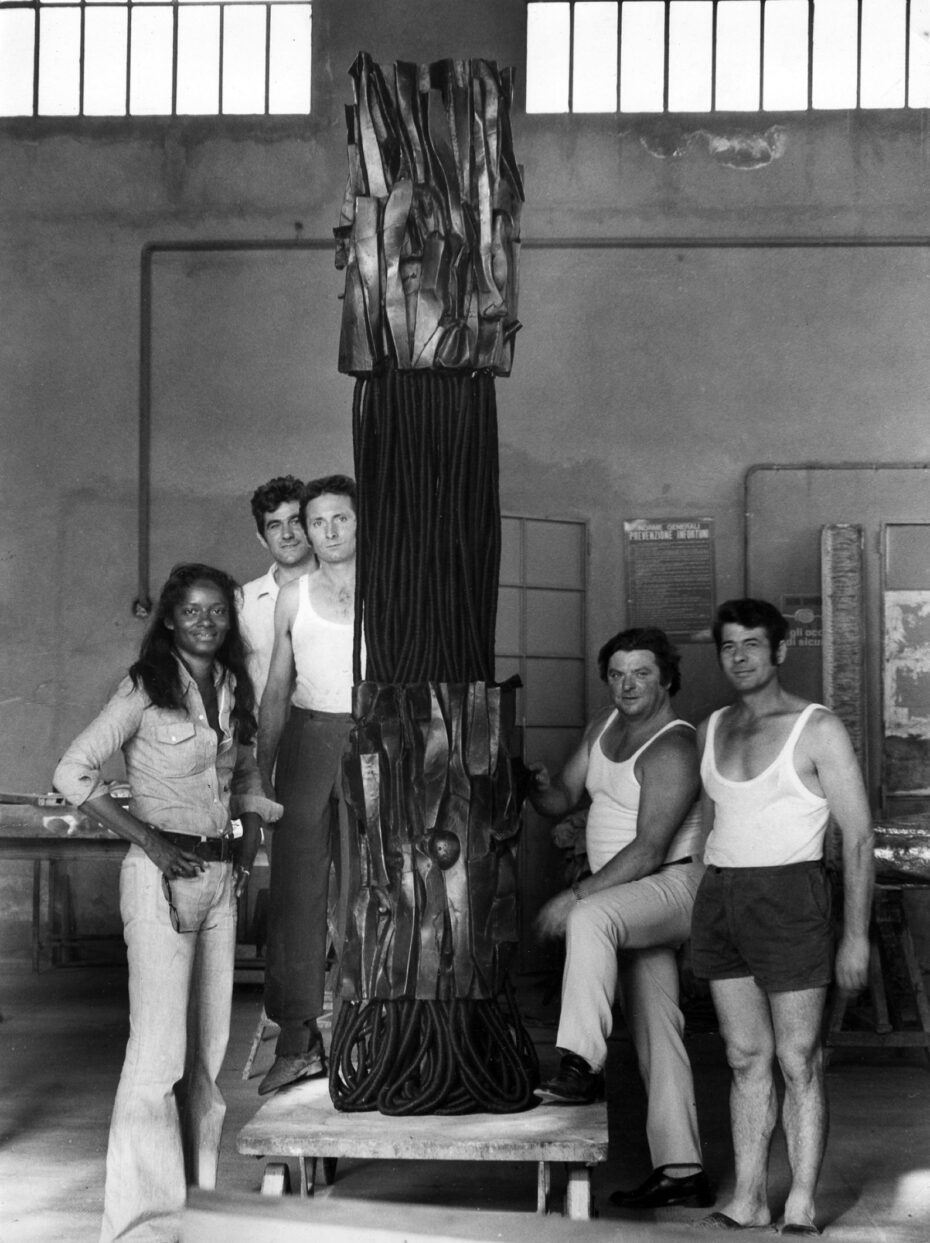
In recent years, Chase-Riboud’s work has begun to receive the recognition it has long deserved. Major exhibitions, such as her 2023 retrospective at the Serpentine Galleries in London, have sparked new interest in her career, now taking centre stage for Art Basel in 2024. Critics and curators are beginning to recognize that her hybrid approach — blurring the lines between painting, sculpture, and textile — was groundbreaking in its prescience. In many ways, her work anticipated the current moment in contemporary art, where intersectionality and hybridity are key critical frameworks.
Of course, the conversation around race and gender in the art world has shifted too. The institutional barriers that once kept artists like Chase-Riboud on the margins are slowly being dismantled, making room for a reappraisal of her legacy. As the art world continues to reckon with its exclusionary past, artists like Chase-Riboud are finally being given the space to be seen on their own terms. But even now, it feels as though Chase-Riboud’s legacy is being “rediscovered” too late. It raises the question: what would the art world look like if it had embraced more artists like Chase-Riboud had been centered rather than sidelined?
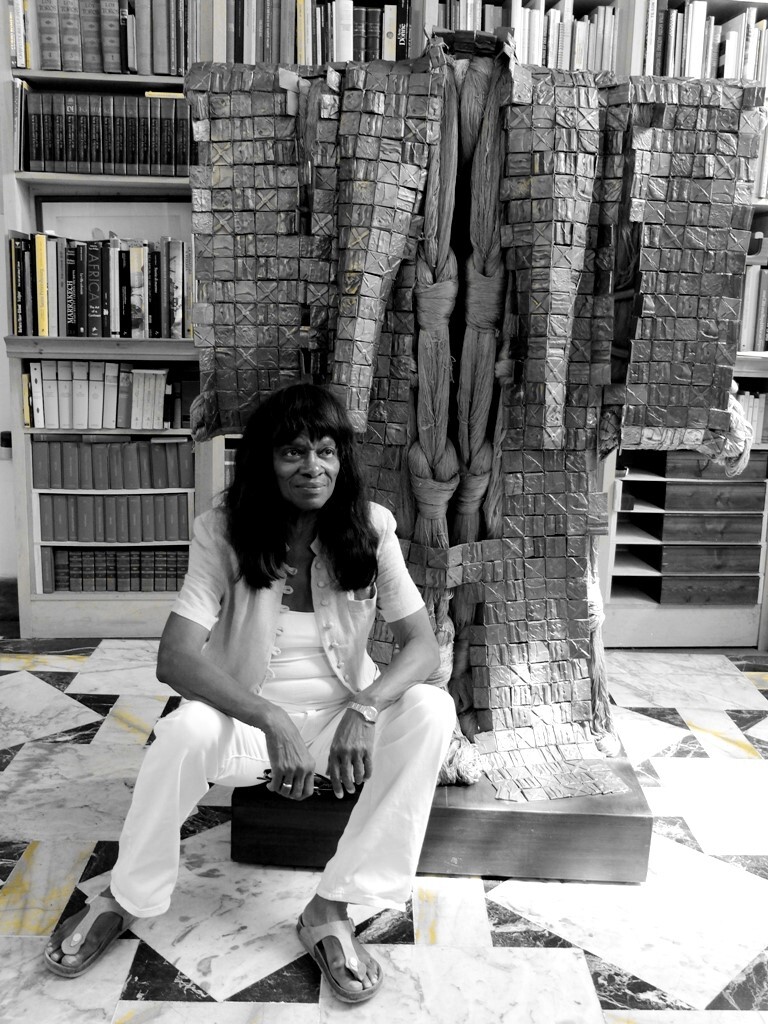
Today, her work stands as a testament to the power of unyielding vision in the face of systemic neglect. As Barbara Chase-Riboud continues to push boundaries, Paris remains both her sanctuary and the site of her artistic triumphs. And finally, the world is catching up.


